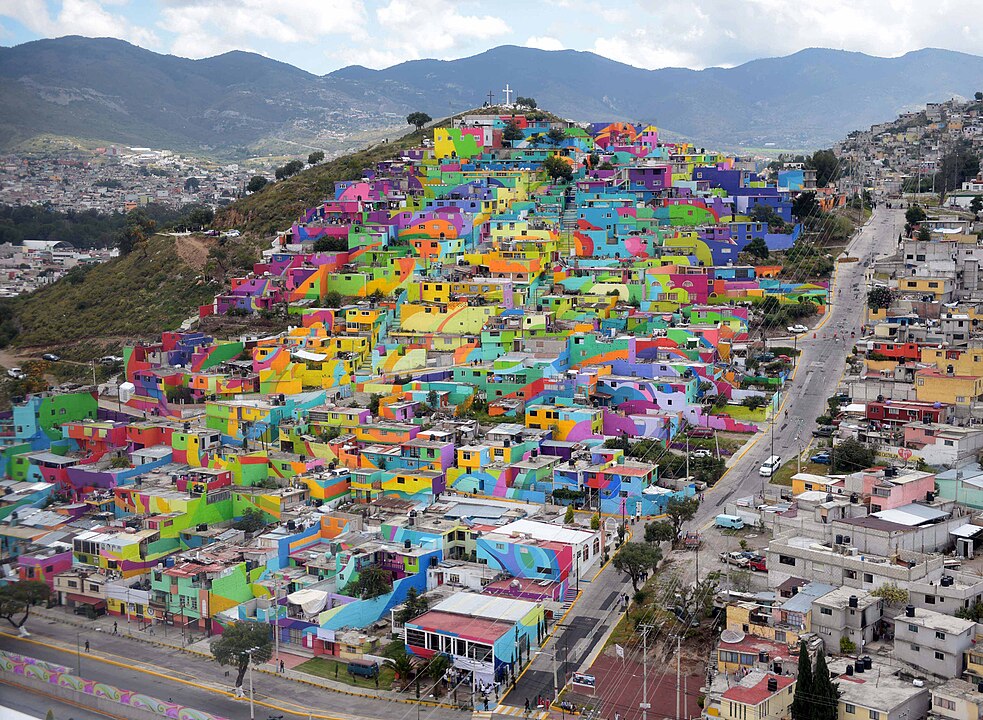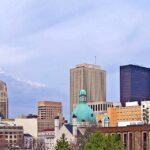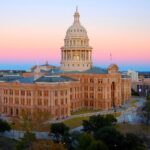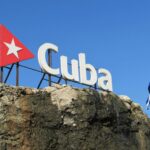Quick Bits:
Pachuca, known as “La Bella Airosa” (The Windy Beauty), sits in a narrow valley surrounded by the Sierra de Pachuca. With roots tracing back to the Toltecs, this city blends history with urban charm. Its streets echo stories of silver mines, British engineers, and indigenous heritage. Today, Pachuca thrives as a cultural hub and entry point to central Mexico’s treasures.
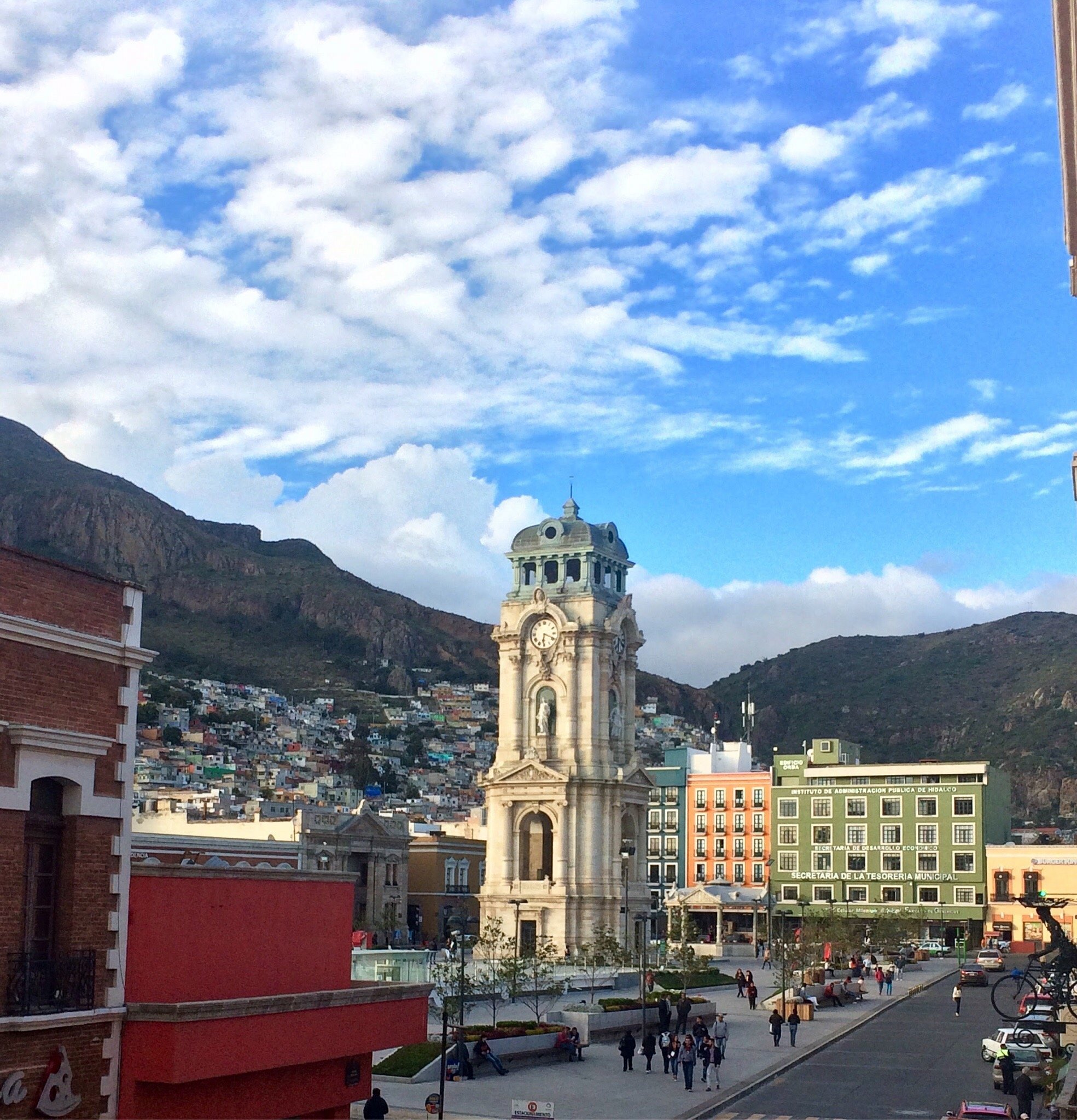
Image by: Analí L – Via Tripadvisor
Key Highlights
- Historic mining town with deep British roots
-
The iconic Reloj Monumental stands in the city’s heart
-
Pastes: a culinary legacy from Cornwall, England
-
Murals and museums showcase indigenous and modern artistry
-
Gateway to Hidalgo’s rich culture and landscape.
General Information
Pachuca de Soto, capital of Hidalgo, Mexico, boasts a population of over 300,000. The city evolved from a mining settlement into a regional economic and educational center. Its architectural character mixes colonial buildings with colorful hillside homes.
The city’s emblem, the Reloj Monumental, built in 1910 to commemorate Mexico’s independence, was constructed using imported clock machinery from England. Around it, colonial plazas, cafés, and artisan shops form the pulse of city life.
Local culture thrives through food, art, and festivals. Universities and museums enrich Pachuca’s identity as more than a former mining town. The legacy of Cornish immigrants who brought football and baking traditions is honored in daily life.
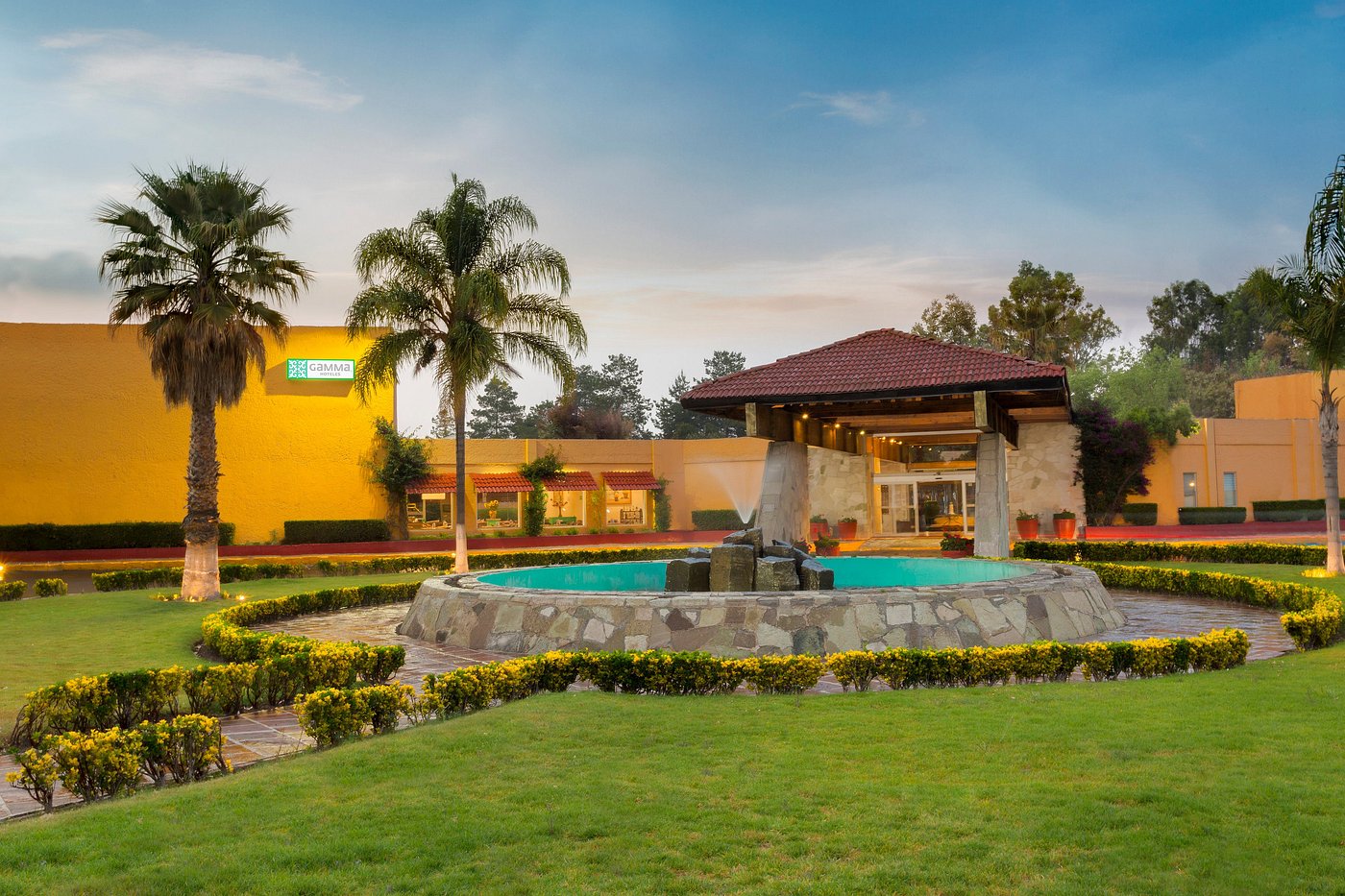
Image by: Grupo Posadas M – Via Tripadvisor
Geography Information
Pachuca rests at approximately 2,400 meters above sea level. This highland altitude gives the city a crisp climate with frequent gusts of wind. The Sierra de Pachuca mountains envelop the city and provide lush pine forests and rugged terrain.
Natural features include:
-
Mineral del Monte’s mountainous trails
-
El Chico National Park’s dense forests
-
The Mezquital Valley nearby with desert vegetation
Rivers like Rio de las Avenidas and nearby canyons shape the city’s natural boundaries. From scenic outlooks, the cityscape displays a vibrant contrast of urban color and mountainous earth tones.

Image by: Israel Trejo – Via Pixabay
Places to Visit
Reloj Monumental
Located in Plaza Independencia, this 40-meter tall clock tower is Pachuca’s most famous landmark. Crafted from white stone and clocked with British-made mechanisms, it rings every hour.
Museo de Minería
This museum reveals Pachuca’s silver mining legacy. Visitors explore equipment, minerals, and historical documents.
Cristo Rey
Standing atop a hill, this statue of Christ offers panoramic views of the city. It’s a pilgrimage site and peaceful lookout.
Real del Monte
A nearby town once mined by Cornish workers. Its quaint streets, British cemetery, and pastes shops make for a perfect day trip.
El Chico National Park
One of Mexico’s oldest protected areas. It offers hiking, camping, and rock climbing in its pine-covered hills.
Murals of Pachuca
Scattered across the city, especially on hillside neighborhoods. These vibrant murals tell stories of migration, struggle, and identity.
Casa Rule
An elegant mansion reflecting the prosperity mining once brought. Now a government building, its architecture remains a testament to early industrial wealth.
Centro Cultural del Ferrocarril
A restored train station that now hosts cultural events, exhibits, and local performances.

Image by: Leonardo S – Via Tripadvisor
Yearly Climate
Pachuca’s climate is considered temperate. Due to its elevation, it enjoys cool temperatures throughout the year. Wind is a defining feature of its weather.
| Season | Temperature Range | Notes |
|---|---|---|
| Spring | 10°C – 23°C | Mild, perfect for outdoor visits |
| Summer | 12°C – 25°C | Slightly warmer, light rain |
| Autumn | 8°C – 21°C | Windier with dry air |
| Winter | 4°C – 17°C | Chilly mornings, clear skies |
Rainfall peaks between June and September. Winters bring blue skies and dry air. Evening breezes are common year-round.
Best Time of Year to Visit
Spring (March to May) brings mild temperatures, clear skies, and blooming landscapes. It’s the ideal window for hiking and city exploration. Fall (September to November) offers dry weather, colorful foliage, and cultural festivals. Winter is scenic but cold. Summer sees occasional rain but offers a fresh, green valley.
Festivals like:
-
Festival Internacional del Paste (October)
-
Feria de San Francisco (October)
-
Semana Santa processions (March or April)
These add depth to any visit, showcasing local customs, music, and cuisine.
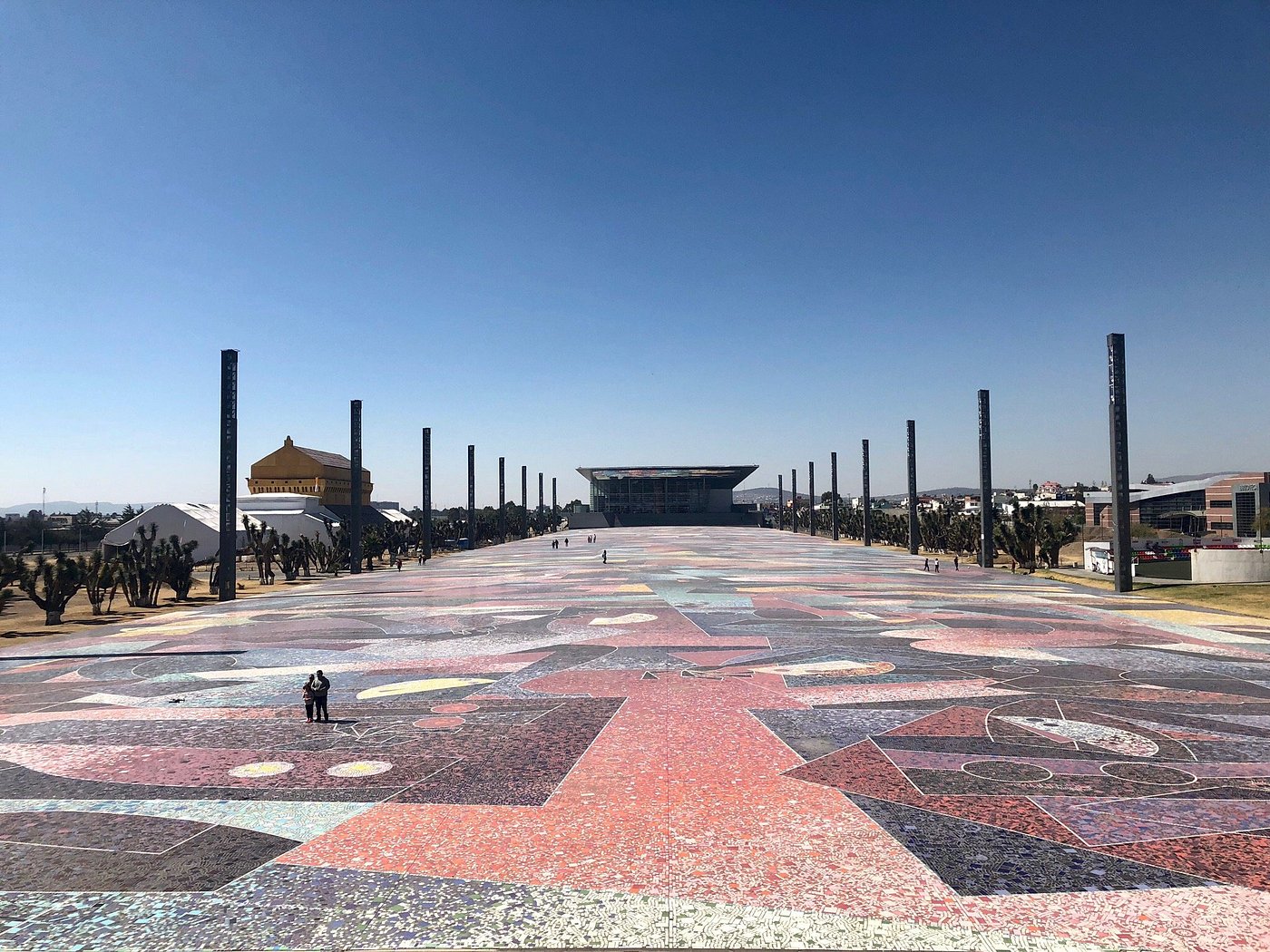
Image by: Jelena – Via Tripadvisor
In Summary…
Pachuca holds its charm in the blend of past and present. Mining tunnels whisper history, while murals shout modern identity. Its streets, foods, and winds invite travelers to slow down and take in its depth. More than a stopover, Pachuca rewards wanderers with history, flavors, and nature in perfect balance.

